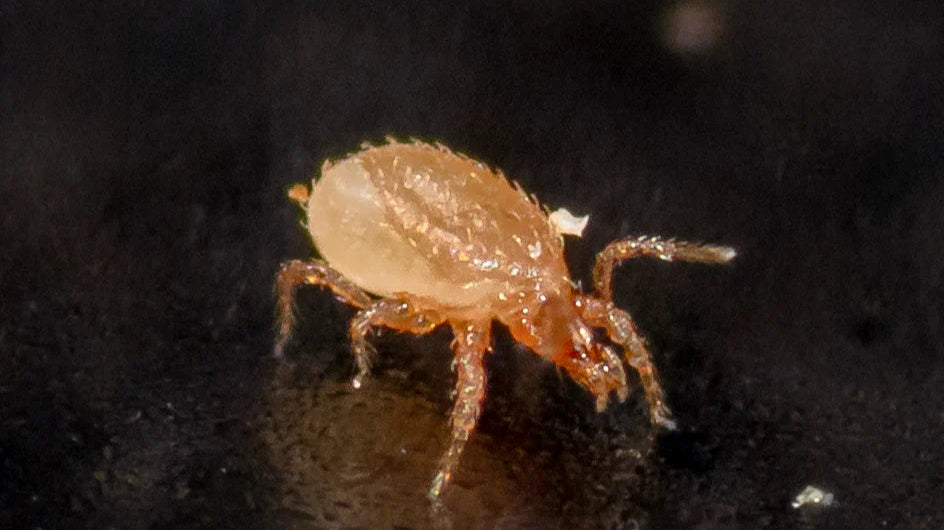Neoseiulus californicus Prevention Sachets
Low Effort. High Coverage. Built for Prevention.
Neoseiulus californicus Sachets
When heat spikes, humidity dips, and pests still show up, Neoseiulus californicus doesn’t flinch. These slow-release sachets are packed with a blend of eggs, nymphs, and adults, offering long-term prevention of spider mites, broad mites, red mites, rust mites, and more.
With a comfort zone from 50–105°F and 40–80% humidity, N. californicus thrives where others tap out. If your setup runs hot, dry, or just plain unpredictable, this is your mite.
Why Choose N. californicus Over Andersoni or Persimilis?
Compared to Phytoseiulus persimilis:
-
Persimilis is a spider mite specialist—great for fast knockdowns, but only works in high humidity (60%+) and warmer temps.
-
Californicus is slower but much more durable, surviving low humidity, cool nights, and early-stage infestations.
-
Use Californicus before you see webbing—use Persimilis when you already do.
Compared to Amblyseius andersoni:
-
Andersoni prefers cooler, more stable conditions and won’t tolerate dry heat as well.
-
Californicus keeps working through temperature swings, low RH, and variable lighting—especially in greenhouses and summer setups.
-
Andersoni is a generalist but performs best as a broad-mite/early spider mite suppressant in cool-to-temperate climates.
Californicus wins when your grow is less predictable or year-round.
Best For:
-
Preventing mite flare-ups before they escalate
-
Mixed mite pressure (spider, broad, rust, red)
-
Indoor, outdoor, or greenhouse setups with fluctuating temps and humidity
-
Growers who want a hands-off solution with a wide operating range
Why Sachets?
-
No rush, no crash. Mites release slowly for ongoing coverage.
-
Low-maintenance. Hang once—done.
-
Self-sustaining. Eggs, nymphs, adults—all stages included.
-
Tolerant. Built for real-world growing conditions, not lab-controlled perfection.
How They Work
-
Mites emerge from the sachet over 2–4 weeks, ready to hunt.
-
They target eggs, nymphs, and adult pest mites before populations spike.
-
Works best as a preventative layer
How Many to Use
-
Standard prevention: 1 sachet per plant or every 3 feet
-
Elevated pressure: Pair with bottles for a faster knockdown
-
Stacking strategy: Combine with Swirskii or Persimilis when dealing with both thrips and spider mites, or advanced infestations
Pro Tips
-
Keep sachets dry—avoid overhead watering
-
Don’t mix with pesticides or residual sprays
-
Consider booster sachets every 3-4 weeks during heavy pest seasons
Safe For:
Plants, people, pets, pollinators—
Anyone not laying spider mite eggs.
Shipping & Storage
-
Use immediately
Too Many Options?
We get it. Try our mite/insect matchmaking quiz and instantly get matched to the solutions you may need.
Mite Matters
Optimizing Pest Management in Cannabis Flowering Using Predatory Mites
How to Treat Snake Mites Naturally with Predatory Mites
The Beginner's Guide to Predatory Mites
Predatory mites are the unsung heroes of plant care, working behind the scenes to protect your plants from destructive pests. Unlike chemical treatments, they offer a natural, self-sustaining solution that requires minimal effort on your part. Whether you’re preventing an infestation or fighting off an active one, these microscopic allies get the job done efficiently and effectively.









